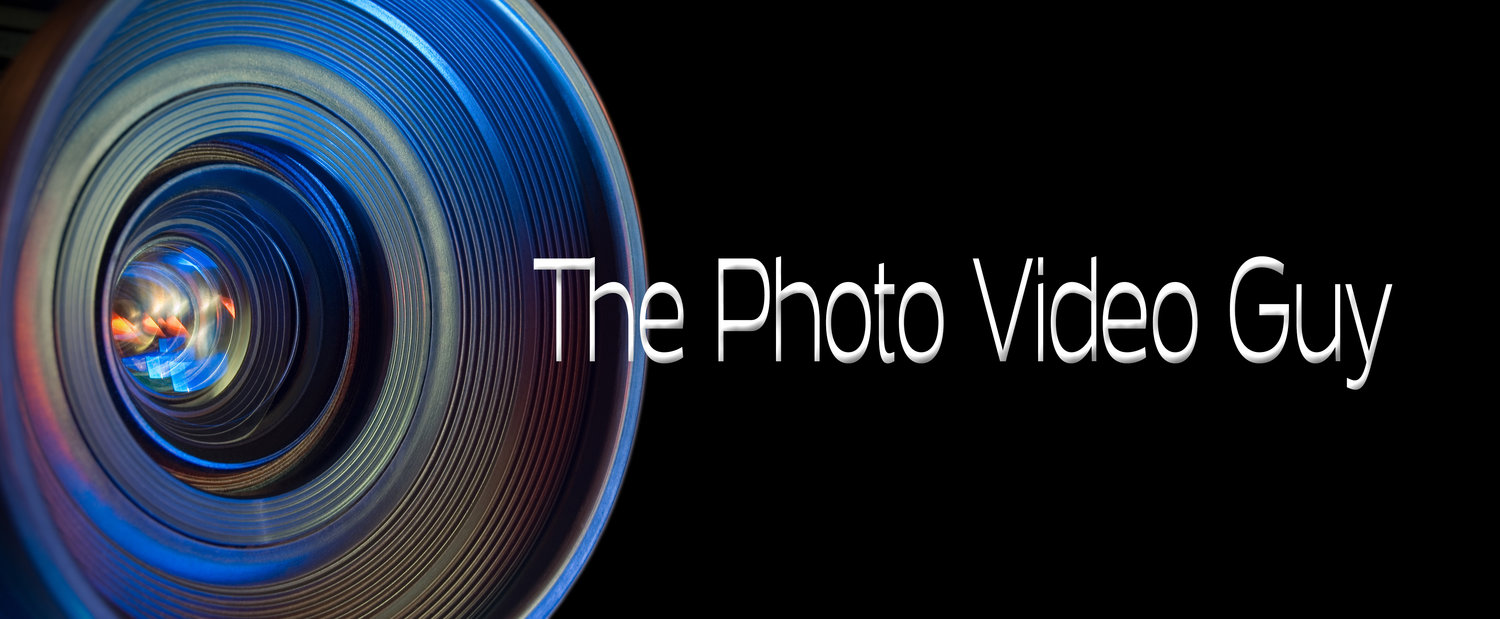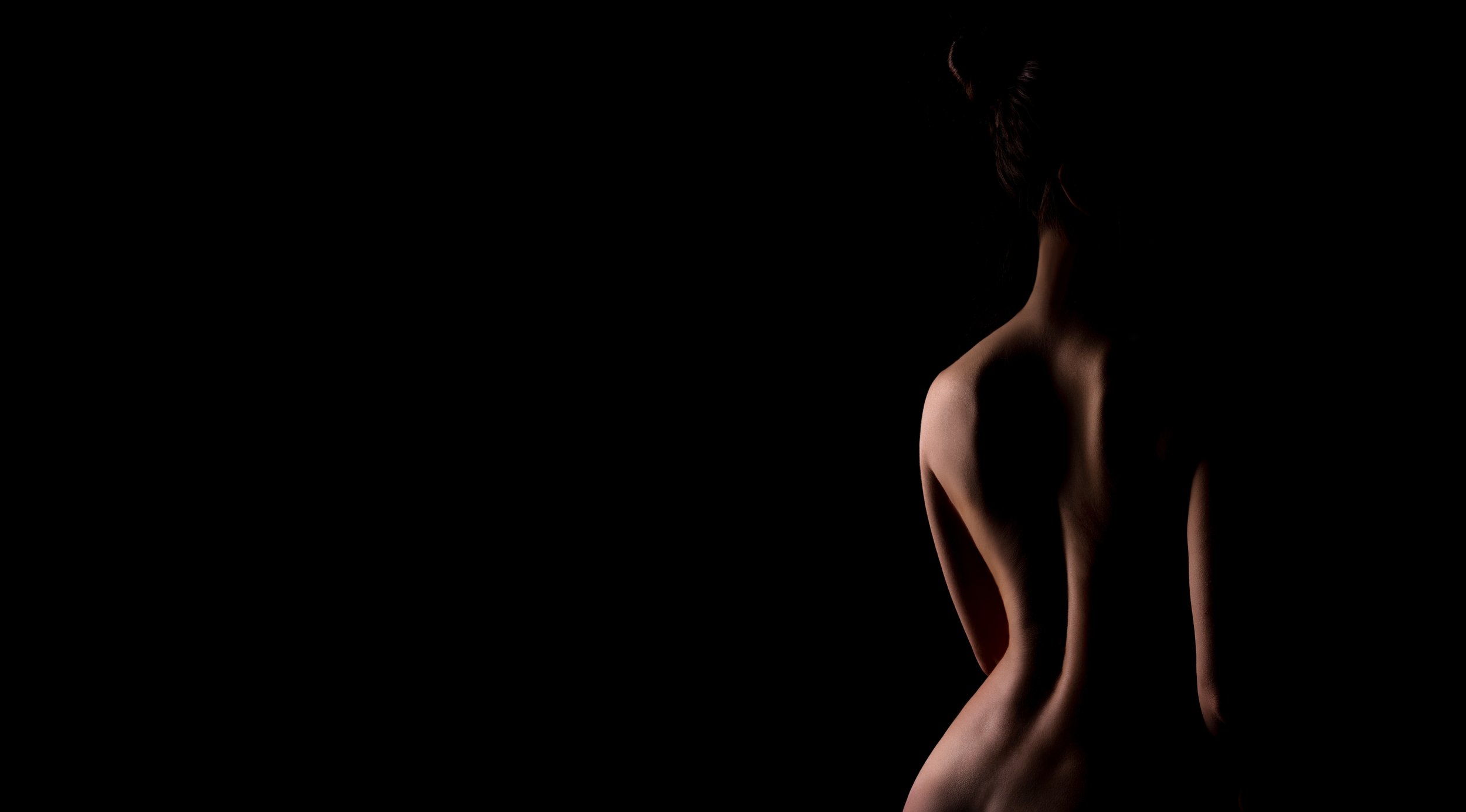The One Light Exercise
/Hello all. This time I am sharing with you all, the same challenge assigned to the members of my local camera club for January 2025. It is the One Light Exercise.
Equipment Required
Camera with appropriate lens
Ability to use built in spot meter
Ability to set your camera to manual mode
Standalone light source, could be flash or a high output small LED panel
Stand for light
Small Three Dimensional Subject that is not highly reflective
The Goal
In this exercise / assignment, place your subject on a table or other stable surface. You will then use the different characteristics of light to explore definition, shape, an contour. You will need to exclude or preferably eliminate all other sources of illumination to achieve the goal. Read through the entire workflow before starting.
The Workflow
Place your camera and subject in a manner that the lens sees the dimensionality of the subject.
Fill the frame with your subject. There is no background to be evident, so err on the side of framing very tight.
Place your light as close as you can to the subject, using positioning of the light to maximize the three dimensions of the subject. As close as possible, certainly six inches away or less.
Select an aperture that gives you enough depth of field so the subject is sharp front to back, but no more depth of field than that.
Select an ISO that allows for shorter duration shutter speeds if using a continuous light. If using off camera flash, set your ISO to your camera standard minimum and your shutter speed to your camera’s default flash synchronization shutter speed.
If using continuous light, use the spot meter determine the proper exposure for the bright side, and the shadow side and make those exposures. Using the normal matrix mode of your camera make a meter reading exposure. You now should have three exposures for the light at this distance. Do not use exposure compensation at all, and you may find using manual control on your camera makes these different exposures easiest.
If using off camera flash, use the spot meter in ambient light to determine the proper exposure differences for the bright side, and the shadow side as well as a standard matrix meter reading. Compare the exposure readings and determine how much exposure compensation will be required for the bright side and dark side shots. Then use TTL flash with flash exposure compensation to deliver proper flash exposures for the bright side, the dark side, and the median level.
Move the light source to twice the distance from the subject and repeat the previous step.
Double the light source to subject distance again and repeat the photographic step.
Repeat the previous step.
Analysis
In this step, you will be doing personal analysis of each of your images by specific criteria and documenting your analysis. Whether you use a paper notebook or a digital one to record your observations is your choice, but you MUST document your observations in order to build skill.
In your editor of choice observe your images on a grid. If you have been successful, you will have twelve working images. Now make a personal assessment of how the light affected the look of the subject and document what you see for each of your images. Pay attention to the softness of the light, the degree of light falloff, the level of contrast, the impact of metering source and which of each set of three, in your opinion for your photographic scenario does the best job of conveying dimensionality of your subject.
Finally, use your editor to create a collage of your four images that you have selected from each distance that in your opinion best conveys the dimensionality of the subject.
Make a print of that collage, and put it in your personal development workbook along with your analysis notes.
Wrapping Up
This very specific exercise is a boon to learn to see how light works to help facilitate your story and turn a two dimensional image into something more compelling. It should be an integral part of your personal development process and reference toolkit.
Please become a member on Patreon to help support this channel. A big thanks to all the existing Patreon members! Send in comments or questions, I read and respond to all. If you shop with B&H Photo Video, please use the link on the main page as it pays me a small commission and does not cost you anything to do so. Thanks again and we will see each other again soon.









